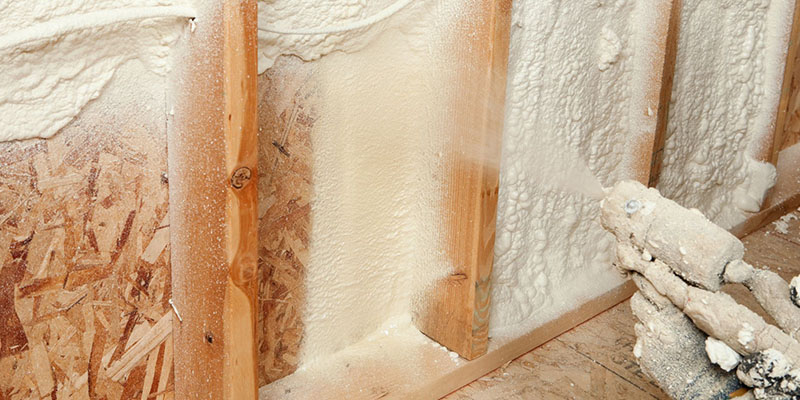
Installing Sprayfoam Insulation: A Step-by-Step Guide
An excellent option to increase the energy efficiency of your house or commercial structure is by installing spray foam insulation. A type of insulation called spray foam is applied as a liquid, expands to fill the area, and then contracts to form an airtight barrier that helps keep your structure cool in the summer and warm in the winter. We will take you step-by-step through the installation of spray foam insulation in this article.
Step 1: Preparing the Space
Preparing the area where the insulation will be placed is the first stage in installing spray foam insulation. This includes removing any existing insulation, cleaning the area, and making sure all surfaces are dry and free of dust or other contaminants.
Step 2: Measuring the Space
The area that needs to be insulated must be measured next. This involves calculating the square footage of the area and measuring its width, length, and height. This information will be used to determine the amount of insulation that is needed for the job.
Step 3: Choosing the Right Type of Spray Foam Insulation
Open-cell and closed-cell spray foam insulation are the two main types of spray foam insulation. Spray foam insulation with open cells is less dense and frequently used in residential applications, whereas spray foam insulation with closed cells is denser and frequently utilized in commercial and industrial settings. The precise application and intended usage of the building will determine the type of insulation that should be used.
Step 4: Mixing the Insulation
Once the type of insulation has been chosen, the next step is to mix the insulation. This typically involves mixing two components together in a specific ratio, which will vary depending on the manufacturer of the insulation. In order to apply the insulation to the space, the mixed insulation is then pumped into a spray foam machine.
Step 5: Applying the Insulation
The final step in installing spray foam insulation is to apply the insulation to the space. This typically involves applying insulation to the space's walls, ceiling, and floor using a spray foam machine. The insulation will expand as it is applied, filling any gaps and creating an airtight barrier.
Step 6: Inspecting the Job
After the insulation is applied, It's crucial to inspect the work to make sure it was completed correctly. This involves inspecting the insulation for any openings or leaks and making sure that it is distributed properly throughout the room.
Increase Energy Efficiency and Reduce Energy Bills
The energy efficiency of your home or commercial structure can be greatly increased by installing spray foam insulation. It establishes an airtight barrier that keeps your building cool in the summer and warm in the winter. Spray foam insulation has the potential to offer long-term advantages and reduce energy costs with the right planning and implementation.
In conclusion, installing spray foam insulation is a great investment for any building. However, it is a procedure that calls for careful planning, measurement, type selection, mixing, application, and inspection. By following these instructions, you can make sure that your insulation is installed properly and will offer the necessary thermal and energy performance. For the finest results and longevity, always employ qualified and experienced installers for your insulation jobs.
We Offer Bespoke Insulation Services in the UK - Chat with Us Today
We are your Icynene-accredited quality insulation providers with over 20 years of experience. We offer high-quality insulation services across the United Kingdom, from homes to commercial properties and projects of all sizes. Contact us today at 0203 411 5188 or chat with us at our website for a FREE survey.


